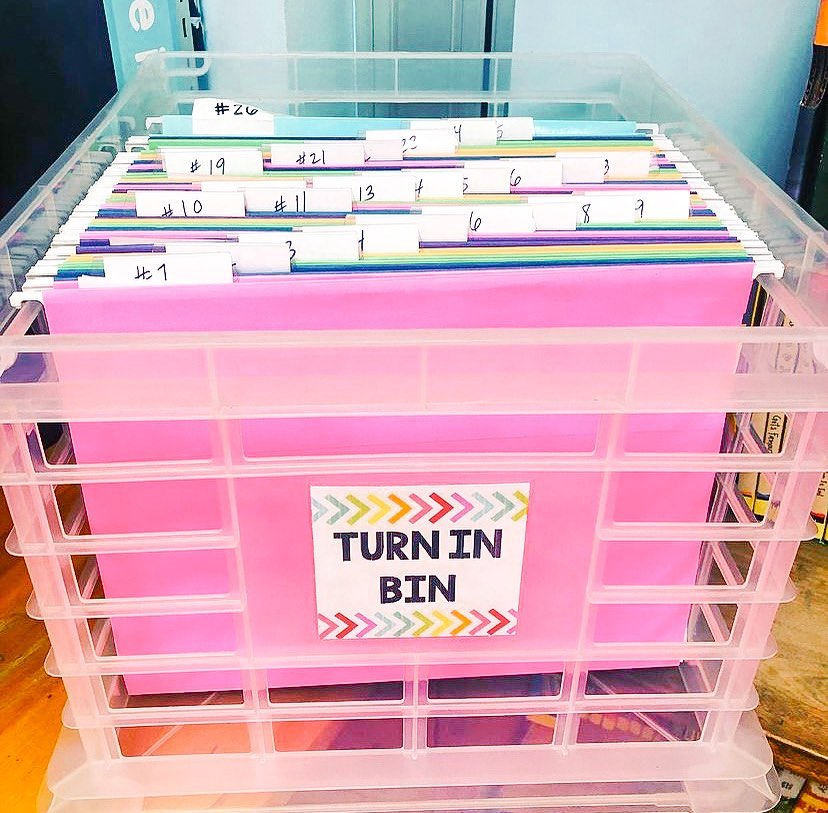Crafting an inviting and functional classroom environment is essential for facilitating learning and maintaining engagement. At the heart of this effort lies smart classroom organization. Here are 14 ideas to help every teacher create a space that is conducive to education:
1. Create a Welcoming Entryway:
Starting with a clean, inviting, and well-organized entrance can set a positive tone for the day. Have a place for students to store coats, backpacks, and lunchboxes to keep clutter out of the workspace.
2. Use Color Coding:
Designate different colors for separate subjects or class periods. This aids in quick identification of materials and helps students stay organized.
3. Implement Station Rotation:
Divide your classroom into several distinctive areas with specific purposes – reading corner, technology station, or a space for group projects – allowing for smooth transitions between activities.
4. Vertical Storage Solutions:
Utilize wall space for storage to keep the floor clear. Install shelves and use hanging file organizers to maximize vertical space.
5. Clear Desk Policies:
Encourage students to maintain tidy desks with minimal distractions by having regular check-ins or incentivized challenges.
6. Label Everything:
Clarity is key in organization. Label drawers, bins, and shelves so students know exactly where items belong.
7. Organize Classroom Supplies:
Keep communal supplies in a central location and use organizers like caddies or bins so that students can easily access what they need without disruption.
8. Seating Arrangements That Work:
Design seating plans that suit your teaching style and your students’ needs, whether it’s group tables, pairs, or traditional rows. Change as needed based on activities.
9. Resource Corner:
Create a dedicated space for reference materials like dictionaries, textbooks, or resource binders that students can access easily.
10. Student Work Display Area:
Showcasing student work not only adds personalization but also gives students a sense of pride and ownership over their classroom.
11. Quiet Zone:
Set aside an area where students can go for quiet study or to calm down if they’re feeling overwhelmed – a small nook with comfortable seating works well.
12. Tech Management:
Have a system in place for managing tablets, laptops, or other technologies – charging stations and numbered devices help keep everything in order.
13. Daily Schedule Display:
Keep a clear agenda on the board or wall so that everyone knows what to expect throughout the day – include time frames if possible.
14. Flexible Arrangements:
Foster adaptability by including lightweight furniture that can be easily moved around for different configurations depending on the lesson plan.
Implementing just a few of these strategies can make a significant difference in managing your classroom’s physical layout and daily routine more efficiently.





